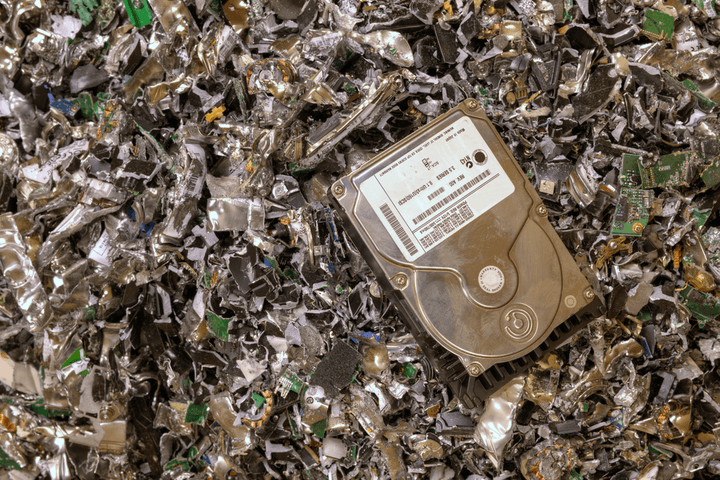Reasons to Recycle
We are living in a world of enhanced awareness of energy conservation and preserving the environment. Hardware recycling is considered environmentally friendly because of preventing hazardous waste from entering the atmosphere, landfill or waterways. [Read More]
Environmental Impact
Every year, approximately 40 million metric tons of electronic waste (aka “e-waste”) consisting of discarded televisions, phones, computers, and other electronic hardware are produced globally. Although e-waste only accounts for 2% of the trash in landfills, it makes up almost 70% of the toxic heavy metals in these landfills. [Read More]
What Can Be Recycled
According to a report from the Electronics TakeBack Coalition, some 3.16 million tons of electronic waste, or e-waste, was generated in the United States in 2008, only 14 percent of which was recycled. Most parts of electronics and computers can be recycled. [Read More] 
What Can’t Be Recycled
Many electronic components can be repurposed or safely broken down, but some can not be recycled, including would-be reusable components that are sufficiently damaged. [Read More]
Regulations
In the United States, some sources of e-waste that contain potentially unsafe materials (such as the lithium used in CRT television sets) are classified as “hazardous waste”. Other types of e-waste that do not contain such unsafe materials (like common computer circuit boards) are not classified as hazardous waste and can be sent for recycling. [Read More]
Role Model Company: IT Asset Partners
While many people and organizations may want to do the right thing when it comes to electronics recycling, it can be difficult to know where to start. Eric Lundgren, a pioneer in the electronics recycling world, and the company he founded, IT Asset Partners, are an excellent reference point. [Read More]
Where To Donate
To find locations near you to donate your recyclable electronic hardware, Click Here.
Contact Us
For more information, questions or concerns.
Please Click Here for our contact information.
Literature
Click Here for more information.
For References, Click Here


